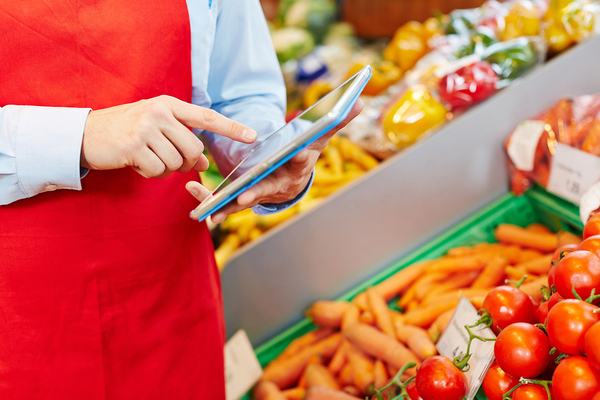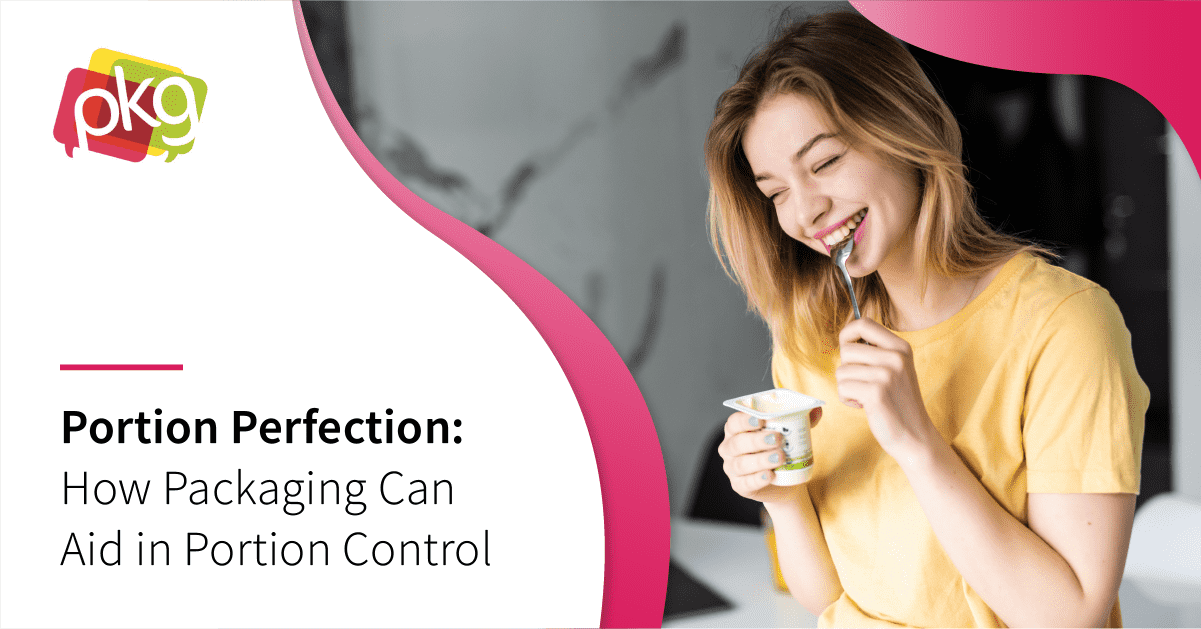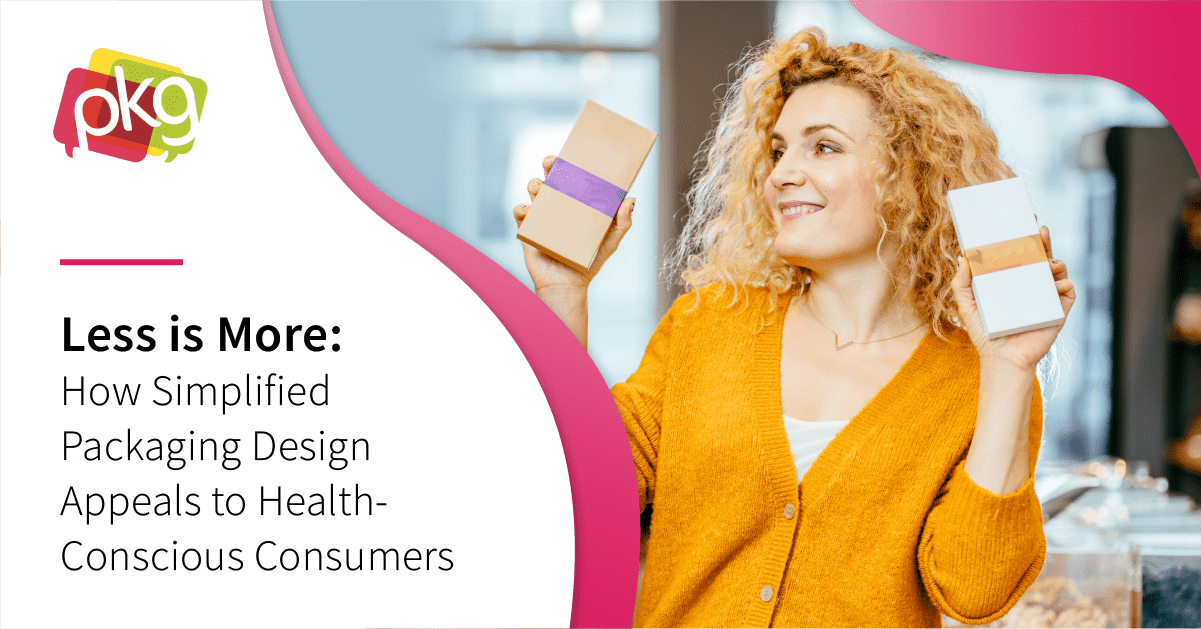The grocery industry is worth $682 billion per year and employs nearly five million Americans.

Many chain supermarkets offer online shopping, order pickup, and home delivery, and an increasing number of Americans buy an increasing number of grocery products from websites like Amazon. Although the majority of food shoppers prefer to shop in stores, an even larger majority occasionally shop online for groceries. And by the year 2022, online grocery shopping is expected to be a $100 billion per year industry.
As more food manufacturers and supermarkets offer online shopping and home delivery, brands and retailers must deal with new packaging challenges to succeed in this new shopping space. Here are four packaging challenges brands must overcome to prevail in the current online grocery boom.
1. When Actual Packaging Differs from That Shown on the Website
This sounds phenomenally simple, yet it isn’t always as straightforward as you may imagine. When multiple online retailers sell a brand, it must pay attention to what the product’s actual packaging looks like compared to what the packaging looks like in photos on shopping websites. People know intellectually that the identical product can arrive in different packaging, yet they don’t want that disconnect. It’s important for packaging initiatives to include steps to ensure that what is depicted on shopping platforms online is identical to what shows up on consumer doorsteps.
2. Sustainability
There are countless sustainability tradeoffs with online industry, and with online groceries in particular. Consumers want the packaging for their online purchases to be sustainable. At the very least, they want as much of the packaging as possible to be easily recyclable. To this end, many brands are rethinking packaging, minimizing it to cut waste, while making it protective enough to preserve the contents without damage. It isn’t easy, but new packaging technologies are being developed to address these concerns.

3. Tamper-Evidence vs. Efficiency
There’s a sense of safety in picking a product off a store shelf and being confident that it hasn’t been tampered with. After all, retailers are staffed by people just like us, and we know that brands and retailers use many security steps to prevent product tampering. Products ordered online are more anonymous, and consumers want that same confidence that their products are un-tampered with. At the same time, they want the convenience of easy opening. It’s not an easy line to tread, but it’s important that food products sold online offer evidence of safety while making it relatively easy for consumers to access the product inside.
4. Damage Prevention During Transport
When a brand ships large quantities of a product to retailers, it has a good idea of the other products that they will be shipped with. But when someone orders groceries online, a product may be shipped along with any number of other products, and these products may be more fragile, heavier, or more prone to breakage. Therefore, it’s up to each brand to choose packaging material that will hold up in mixed shipments without overpackaging or driving up weights (and hence, shipping costs) too much. New strategies will be necessary to ensure products arrive intact regardless of what else they’re shipped with.
Online grocery shopping offers a convenient option for many families whose time for in-person shopping is limited. We’re currently in an emerging online supermarket boom, and the brands that strategically plan their packaging designs to accommodate online shoppers stand to gain handsomely. PKG Brand Design is always on the forefront of new CPG branding and packaging initiatives; please subscribe to our blog for the latest package design industry news!



-min-2.png)



